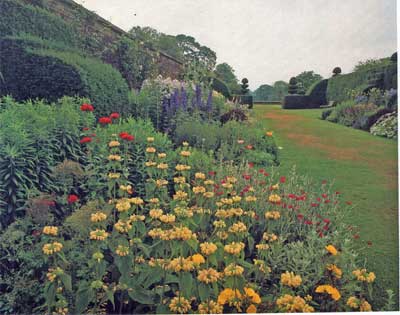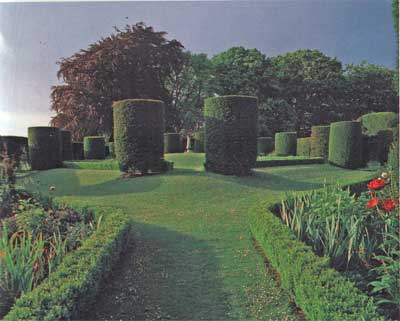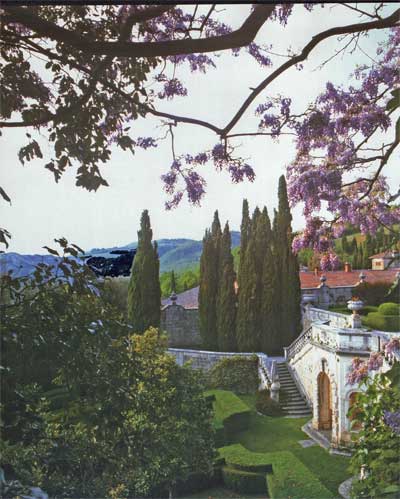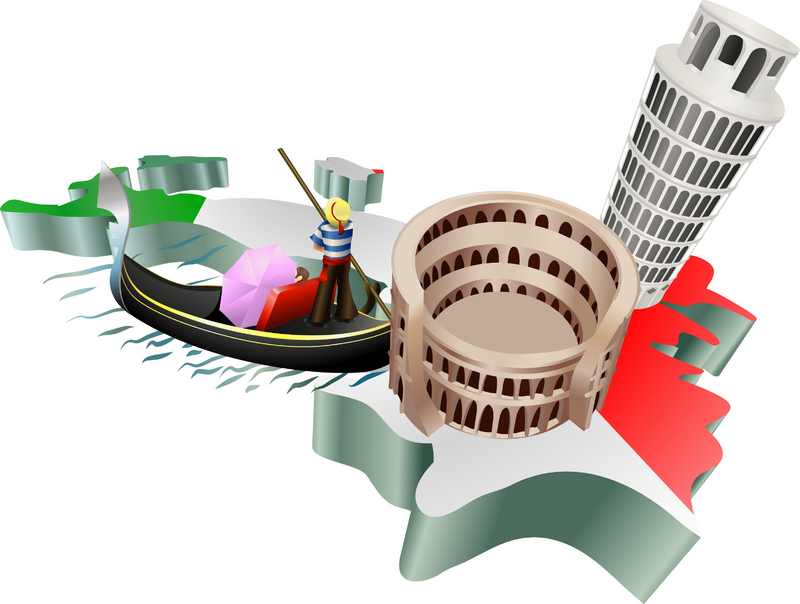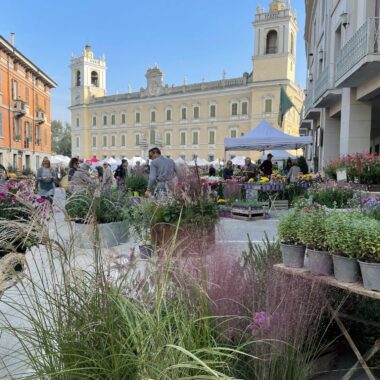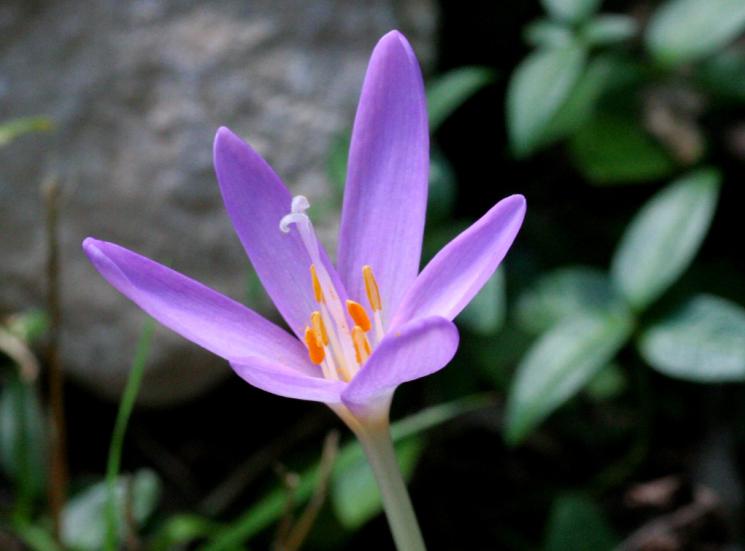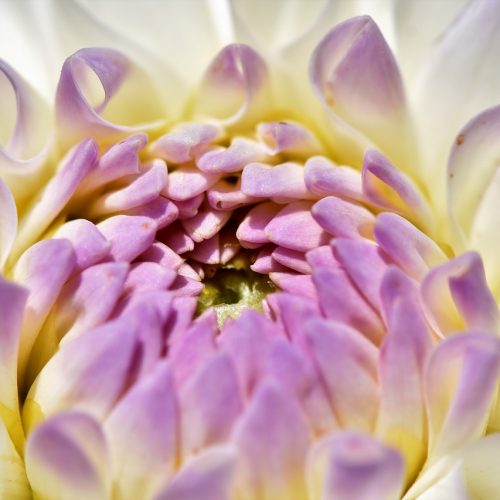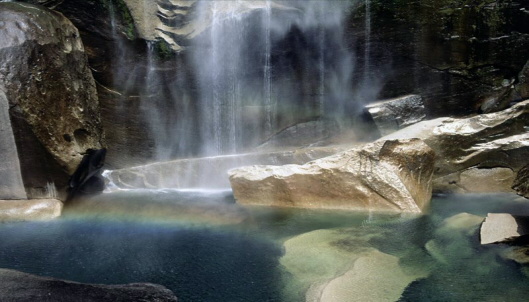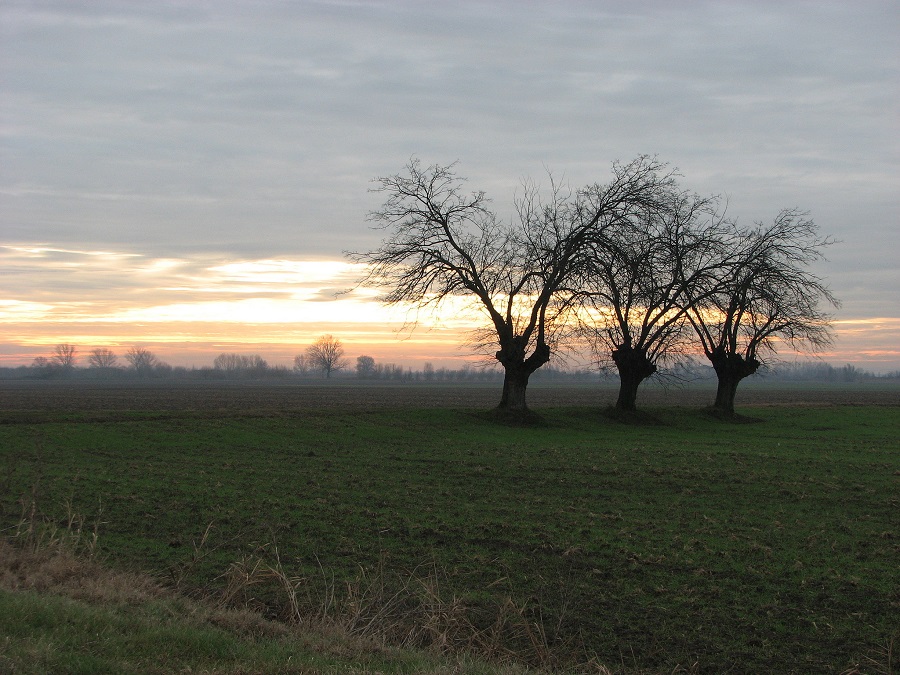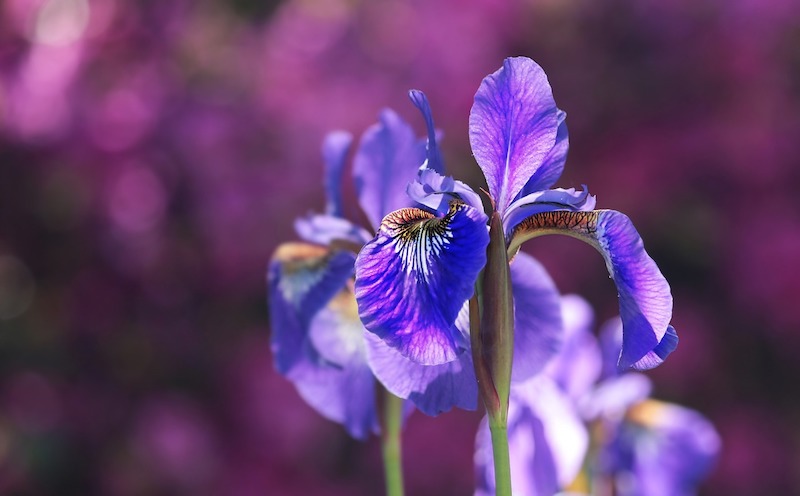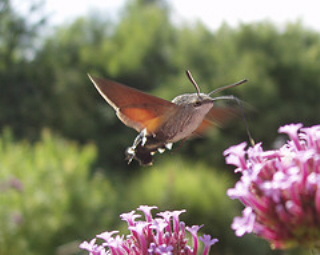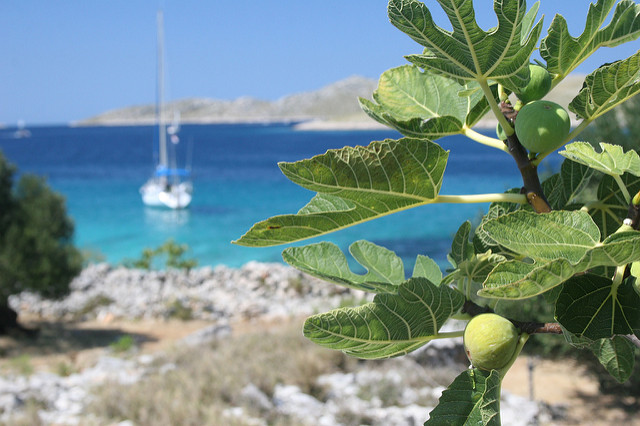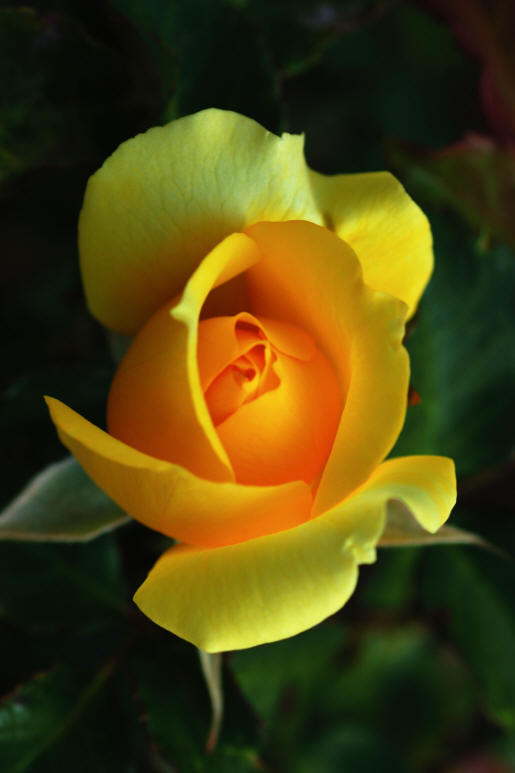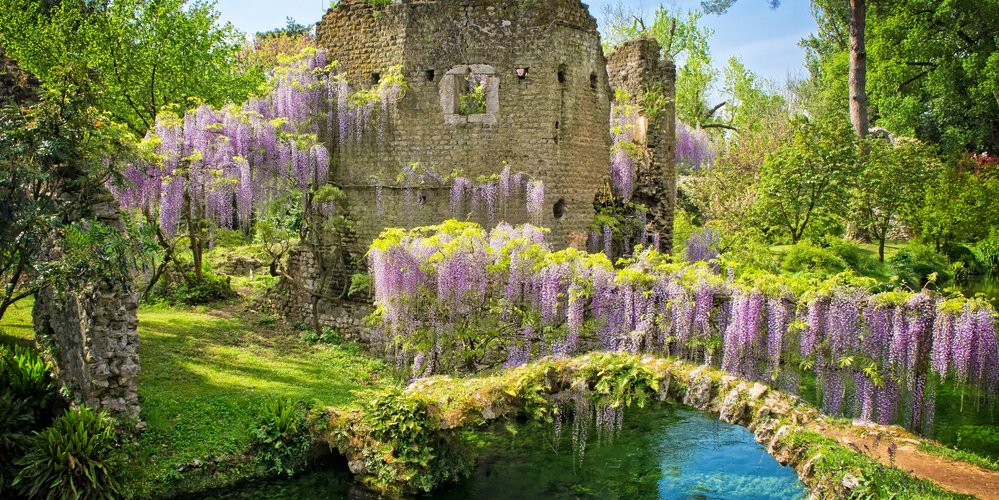Planting and Designing Italian Gardens
ecoLogica:
Having decided upon a style for our Outdoor room
and regardless of whether it will be styled on a Renaissance villa or
a rustic Tuscan landscape we can now really begin getting excited at
the prospect of actually designing a garden, because from here on in
the process becomes very creative indeed. If, as I suggested in my previous
article, we decide upon a fusion of both formal and informal styles,
and once we have decided upon the space in the garden where we would
like to create both these areas, then we are ready to begin planning
the structure for the entire garden- What fun!
Most beautiful gardens have a very defined structure that harmonizes
both formal and informal and space and form, so essential to creating
beauty in the garden. However a good structure highlights the relationship
between differing forms set within defined green spaces. Every plant
has it’s own preferred natural form; some round and obtuse like Viburnum
tinus and others tall and slender like the Tuscan cypress tree All shapes
have their own identity and in turn they will all have an effect on
the overall visual effect within the garden.
Therefore it should go
without saying that the arrangement of plants within any ‘green space’
is fundamental to the success of the garden! A formal style, as I explained,
is based on a solid and generally geometric form, designed within an
accommodating green space.
Despite having a loose and natural feel, the informal area of the garden
should also be designed on a logical structure that compliments its
space. The differing plant shapes and forms should not just be simply
‘thrown’ together in a confusing mess, as this will display to the world
a complete and utter disregard for natural logic and a total lack of
sensibility towards natural beauty! There is a strict and intelligent
logic that governs and maintains nature’s beauty in such pristine condition!
By understanding the logic that governs this natural beauty we can emphasize
and underline beautiful elements in our own gardens very simply. If
we consider that evergreen plants provide the backbone (‘Form’) of the
garden, then naturally we should also consider their positioning very,
very carefully indeed. Care must be taken to maintain spacing (Scale)
between their plantings as
this provides the ‘Space and form’ that forms the base of the living
painting, upon which everything else will then be painted! This backbone
becomes even more evident during the winter months, when the bare deciduous
trees reveal the hidden shapes and the relationship between these various
shapes becomes apparent, and all the more important.
The symmetrical, needle like form of a Tuscan Cypress tree
reaching to the heavens clearly evokes a completely different reaction
in human perception than that of a spherical bush or spiky succulent.
However when they are combined and planted together in close proximity
they each stimulate a complimentary influence on the other i.e. the
cypress seems sharper and the sphere more spherical and so on! Understanding
some of these rules could help people avoid making the most simple yet
drastic of terminal green faux-pas when creating their dream Italian
garden!!
Ever wondered why there are so many cypress trees around Tuscan farmhouses?
I will be providing a plant profile of the mysterious cypress tree and
many other plants in a later issue.


